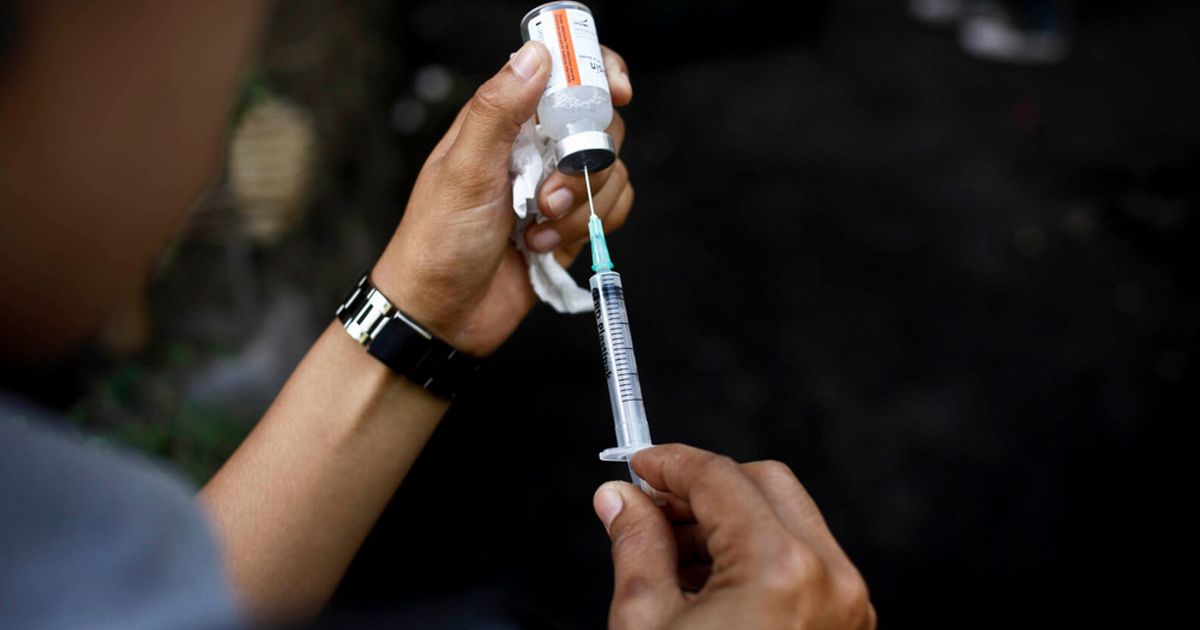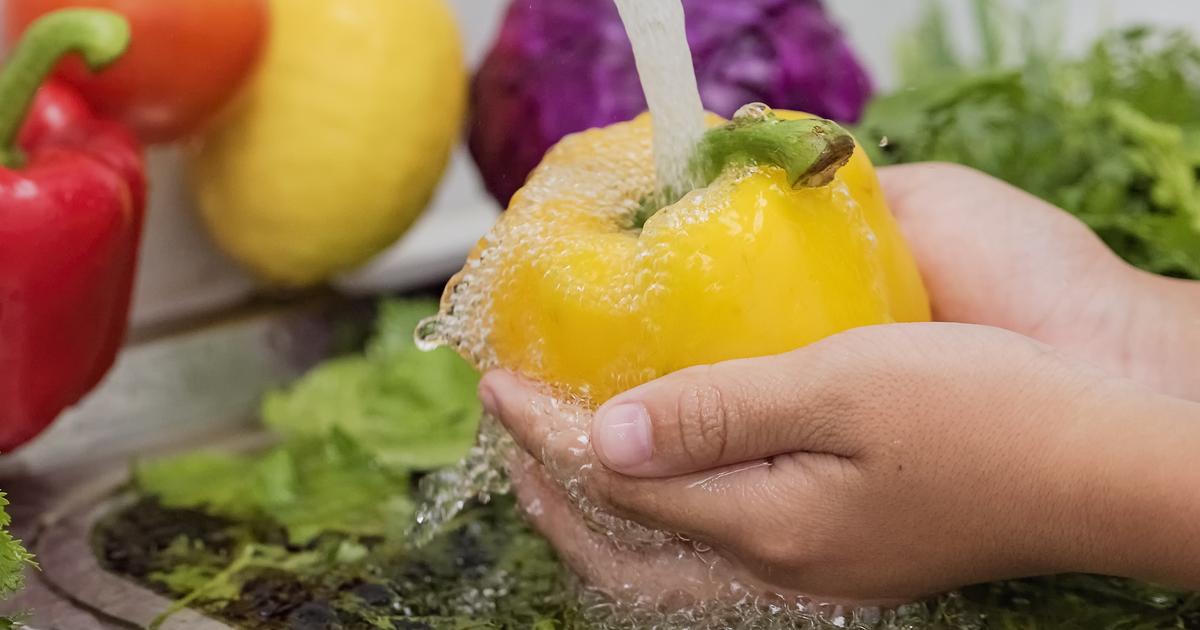Ways To Prevent And Treat Typhoid Fever
Typhoid fever is an illness caused by the bacteria called Salmonella enterica serotype Typhi or Salmonella paratyphi. Usually, this type of bacteria contaminates water or food from a human and is spread to others in the same region. This bacteria can live for weeks in dried sewage or water. Once an individual contracts this bacteria, their white blood cells in their bone marrow, spleen, and liver carry the bacteria into the bloodstream where they continue to rapidly multiply.
Once the bacteria have invaded the bloodstream, the individual will experience a fever, headaches, lethargy, diarrhea, and poor appetite. When the patient's body has fought off the infection and no longer exhibits symptoms, they often have a relapse. There is no cure for typhoid fever, but symptoms can be treated while the body fights off the bacteria. Because typhoid fever is very contagious, there are multiple ways to prevent it.
Getting Vaccinated

A vaccine is available for typhoid fever for individuals at a high risk of contracting the illness. Patients at a high risk of having contact with the bacteria that causes typhoid fever include anyone in contact with an infected individual, working in a laboratory setting studying typhoid, or traveling to a country where typhoid is prevalent. The typhoid vaccination comes in the form of an injection or an oral typhoid vaccine. The injection form of the vaccine is made from a polysaccharide or sugar that coats the bacteria's surface. The oral form is called Ty21a, and it is a weakened variation of the live bacteria.
In order for the injection to be effective, the patient will need one initial dose and a booster every two years. Individuals who take the oral form of the vaccine will need four doses every other day for one week, and then a booster every five years. The typhoid vaccine is not given to children under two years old and individuals who have a known allergy to any of its ingredients.
Avoid Consuming Untreated Water And Raw Fruits And Vegetables

Typhoid fever is prevalent in regions of the world with poor sanitation and not enough safe drinking water. Countries in Africa, South-Central and Southeast Asia, the Caribbean, and Latin America have the highest prevalence of typhoid fever. Not every individual who is a carrier of typhoid will have active noticeable symptoms. When water or food becomes contaminated by anyone who is actively infected with or is a carrier of typhoid fever, the illness can be spread to others when they consume the food or water.
Because the bacteria that cause typhoid fever can live in water for long periods, it is imperative to ensure all water consumed has been sanitized. Water for washing food, brushing teeth, drinking, and making ice should be boiled or disinfected prior to use. Food that comes from street vendors and food kept and served at room temperature can easily become contaminated with the bacteria that causes typhoid fever. It is best to avoid consuming raw fruits and vegetables altogether by cooking all food thoroughly.
